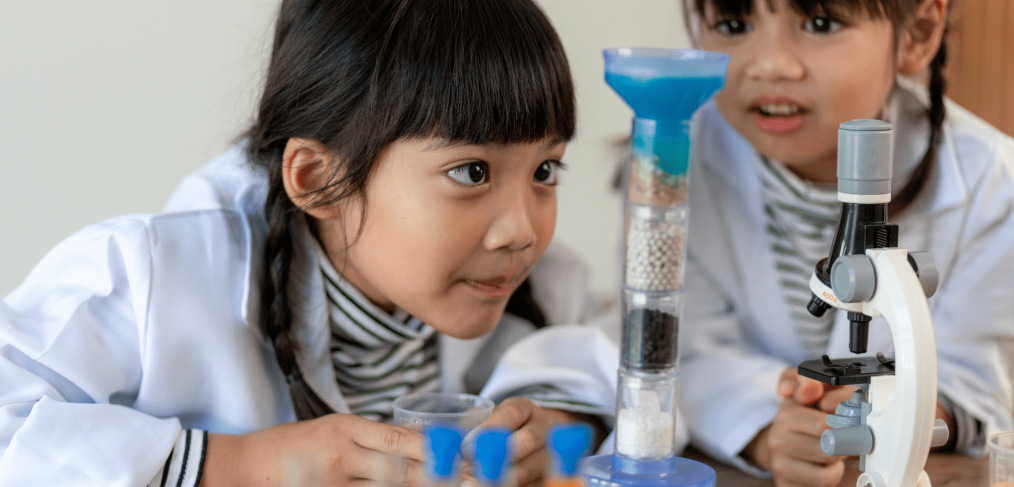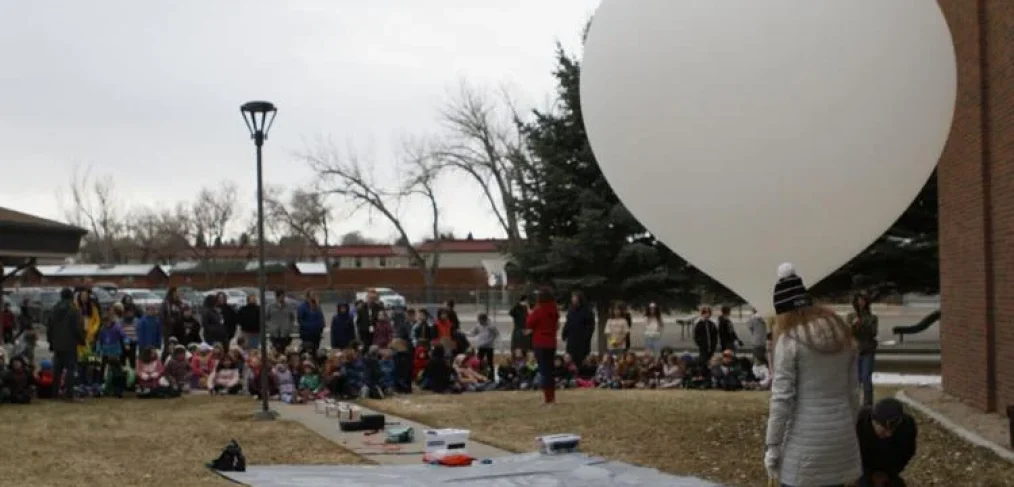The University of Wyoming College of Agriculture, Life Sciences and Natural Resources recognized outstanding educators and staff members at an annual awards banquet in Laramie recently.
“Each spring, we celebrate a few of the many exceptional faculty and staff in the college of Agriculture, Life Sciences and Natural Resources. The accomplishments and unquestionable dedication of this year’s award recipients are inspiring to us all,” says Kelly Crane, dean of the college.
Staff Members Honored for Initiative, Positivity
Four staff members earned the Outstanding Staff Award for their contributions to the college.
Master technician David Claypool has worked for UW for over three decades. Claypool is dependable and takes initiative in high-stress situations.
“He leads by quiet example and has a tremendous work ethic,” says Andrew Kniss, head of the Department of Plant Sciences.
Nominators also note Claypool’s technical innovation, institutional and scientific knowledge, and willingness to share his expertise with others. He mentored undergraduate students Bree Drew and Sawyer Zook, who earned Wyoming NASA Space Grant Consortium Fellowships in 2024.
Read the full article on: UWYO.edu
Author Credit: University of Wyoming | News
Original Post Date: 5.13.25









